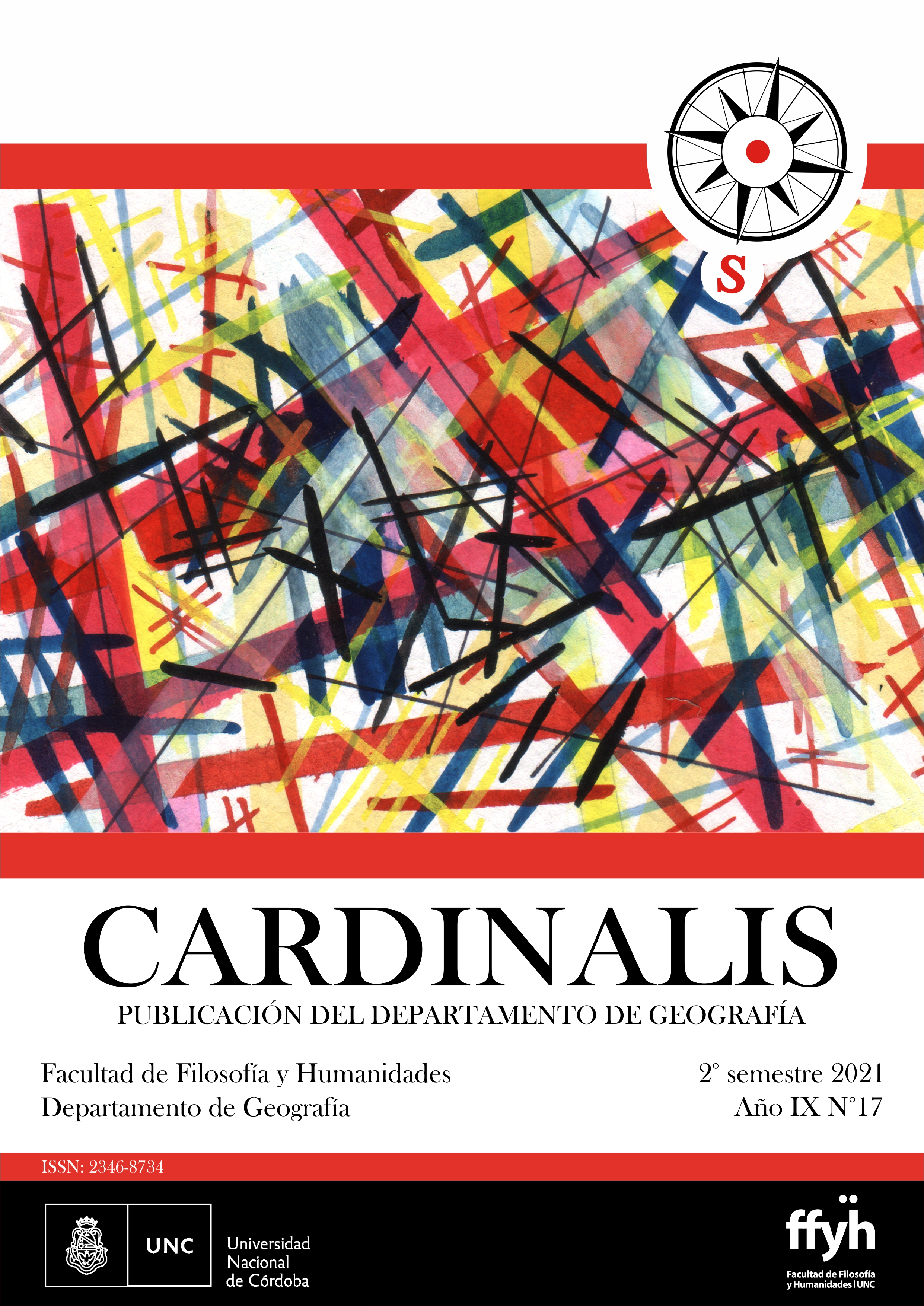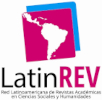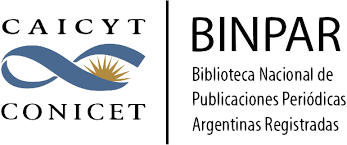An approach to Food Loss and Waste based on the commercial strategies of the platense Vegetable Belt’s producers
Abstract
It is estimated that Argentina annually loses and wastes 12.5% of its total agroalimentary production, which represents 16 million tonnes of food. The main reductions occur during the first links of the productive chain; and from the total, vegetables are the subgroup that faces the biggest reductions, reaching almost half of their production. In the present article we explore the Food Loss and Waste (FLW) of the platense Vegetable Belt (CHP by its initials in Spanish), identifying different types of production, conventional,
organic and agroecological, and the most extended commercial strategies for each one of them. The objective is to identify the food loss’ characteristics in the farm in relation with the commercialisation channels applied by the producers. The methodology includes the search and analysis of first and second source information. The field work includes qualitative methods of data collection, as in-depth interviews and direct observation in the area of investigation.
The results show how, beyond a spatio-temporal context that confronts CHP producers with shared challenges, the specifications of each commercial circuit absorb or expel food in a unique way. Likewise, the field work invites us to recognize the mechanisms practiced by agroecology that could contribute to the reduction of losses.
Downloads
Downloads
Published
Issue
Section
License

This work is licensed under a Creative Commons Attribution-NonCommercial-ShareAlike 4.0 International License.
Aquellos autores/as que tengan publicaciones con esta revista, aceptan los términos siguientes:- Los autores/as conservarán sus derechos de autor y garantizarán a la revista el derecho de primera publicación de su obra, el cuál estará simultáneamente sujeto a la Licencia de reconocimiento de Creative Commons (indicada abajo) que permite a terceros compartir la obra siempre que se indique su autor y su primera publicación esta revista.
- Los autores/as podrán adoptar otros acuerdos de licencia no exclusiva de distribución de la versión de la obra publicada (p. ej.: depositarla en un archivo telemático institucional o publicarla en un volumen monográfico) siempre que se indique la publicación inicial en esta revista.
- Se permite y recomienda a los autores/as difundir su obra a través de Internet (p. ej.: en archivos telemáticos institucionales o en su página web) antes y durante el proceso de envío, lo cual puede producir intercambios interesantes y aumentar las citas de la obra publicada. (Véase El efecto del acceso abierto).

Esta obra está bajo una Licencia Creative Commons Atribución-NoComercial-CompartirIgual 4.0 Internacional.






